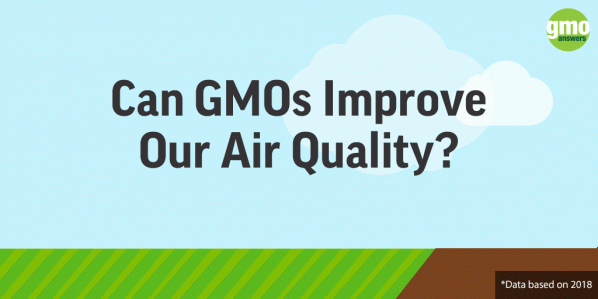Question
Please list each of the benefits that GMOs offer the consumer. For example, why should a mother choose GMO food to feed her young child over, say, non-GMO organic food?
Submitted by: gmosrock
Answer
Expert response from Julie Howard
Former Chief Scientist, U.S. Agency for International Development Bureau for Food Security
Tuesday, 20/08/2013 12:25
While it is true that, to date, the majority of the benefits of GMOs have been realized by farmers, there are also important examples of direct consumer benefits. GM commodities incorporating pest resistance can and have significantly reduced pesticide use and resulting pesticide residues. This is especially important in low-income countries, where farmers frequently lack access to safe pesticides―and may not be properly trained in pesticide use, or in postharvest processing to reduce residues. Foods with reduced pesticide residues (either synthetic pesticides used in conventional agriculture or biologically derived pesticides used in organic agriculture) are healthier for all people, particularly for women and children, who are very sensitive to their impacts.
GE technologies are also increasingly being used to improve specific nutritional qualities of food. For example, genetic engineering has been used to develop soybean varieties with healthier fatty-acid profiles. Some contain more oleic acid―a monounsaturated fatty acid found in most oils but mostly associated with olive oil―and fewer saturated fatty acids than traditional soybeans. Another GE soybean has an increased level of omega-3 fatty acids, associated with heart health. The result of these types of GMOs is healthier cooking oils than are currently on the market.
In the developing-country context, vitamin A deficiency is a leading cause of blindness, particularly prevalent among children. To combat this deficiency, one approach has been to use GE to enrich staple crops with beta-carotene (pro-vitamin A). Golden rice is one example of how genetic engineering has made it possible to significantly increase the amount of beta-carotene in rice. A typical serving of the golden rice variety could provide half the required daily intake of pro-vitamin A for a one- to three-year-old child. Researchers are using both conventional and GE techniques to introduce enhanced levels of other nutrients (e.g., iron, zinc, lysine) to develop “biofortified” varieties of sorghum and cassava, both of which are important staple crops in Africa.
The good thing about our food systems in the U.S. is that consumers have a choice about whether to purchase organic or conventionally grown food, based on their personal preferences. What is important is to educate yourself about what those choices mean and to understand their perceived versus real benefits.
*Views expressed are the individual's own and do not necessarily reflect those of USAID or the U.S. government.
How Do GMOs Benefit The Environment?



